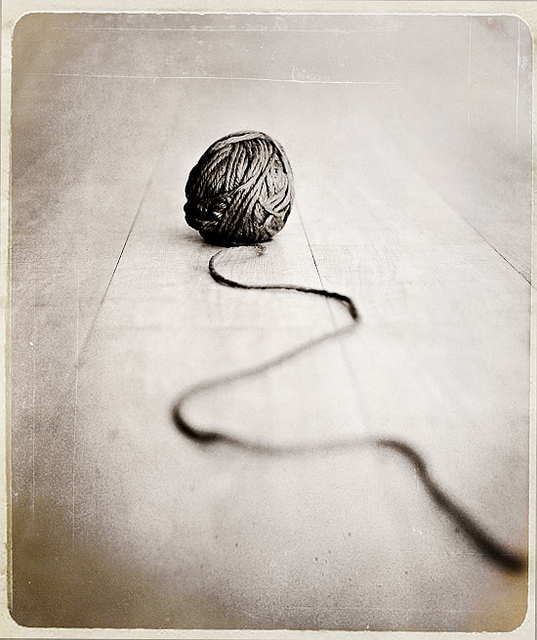Written By: Andrea Cornell
According to anthropology professsor Helen Fisher, there are three stages of love: lust, attraction, and attachment. With these different stages, come the release of different neurochemicals and activations of different body and brain systems.
Lust is a hormone-driven phase of love – where testosterone and estrogen drive desire and connection. In the attraction phase, norepinephrine; dopamine; and serotonin are released. These are the feel-good chemicals released during novelty-seeking and excite the reward system of the brain. The last phase of love – the attachment phase – releases oxytocin and vasopressin and are responsible for the comforting, familiarity feelings that come along with long-term, committed love.
Keeping desire alive in a long-term relationship can sometimes be the tricky part to maintaining relationship satisfaction in the post-honeymoon phase. However, by trying out new activities together, scheduling a weekly date night, or changing your scenery and skipping town for a weekend, couples can reignite the novelty-seeking and reward systems of the brain, increasing the release of the excitatory neurochemicals and leading to more desire within the relationship.
Another way to increase desire within a relationship is by cultivating desire within yourself in order to then share with your partner. Explore different things that turn you on – perhaps new lingerie, connecting sexually in different environments, or reading an erotic novel.
releasing the neurochemicals from the attraction phase isn’t impossible. Couples can try out new activities with your partner can be a fun way to inject excitement and new-ness into your longer-term relationship, and also re-activate the reward system of the brain. Weekly date nights, trying new activities together, or changing your scenery and skipping town for a weekend can be just a few ways to bring back those excitatory neurochemicals in the attachment phase.
In order to ignite some of those earlier neurochemical release phases, couples can take active measures such as bringing some excitement and novelty into their relationship. Participating in a new activity together, scheduling a weekly date night, or switching up their intercourse routine can be some of the ways to do so.
When we meet someone new, our novelty-seeking neurochemicals are ignited and the reward-based system of the brain brims with light. As a relationship moves into longer term layers, a different area of the brain settles in – the more calming, nesting neurochemicals like vassopressin and oxytocin.
In order to get a shot of those excitatory chemicals, couples can take steps to bring back that (new beginning) loving feeling. Date nights often go overlooked – couples saying they’re too busy or too tired or “we spend enough time together every night after work as it is.” But having a planned date night can do wonders for desire.
Creating desire within yourself in order to then share with your partner is another way to bring excitement and lust back into your relationship. Explore things that turn you on – perhaps new lingerie, connecting sexually in different environments, or reading an erotic novel are just a few ideas for cultivating desire within yourself.


